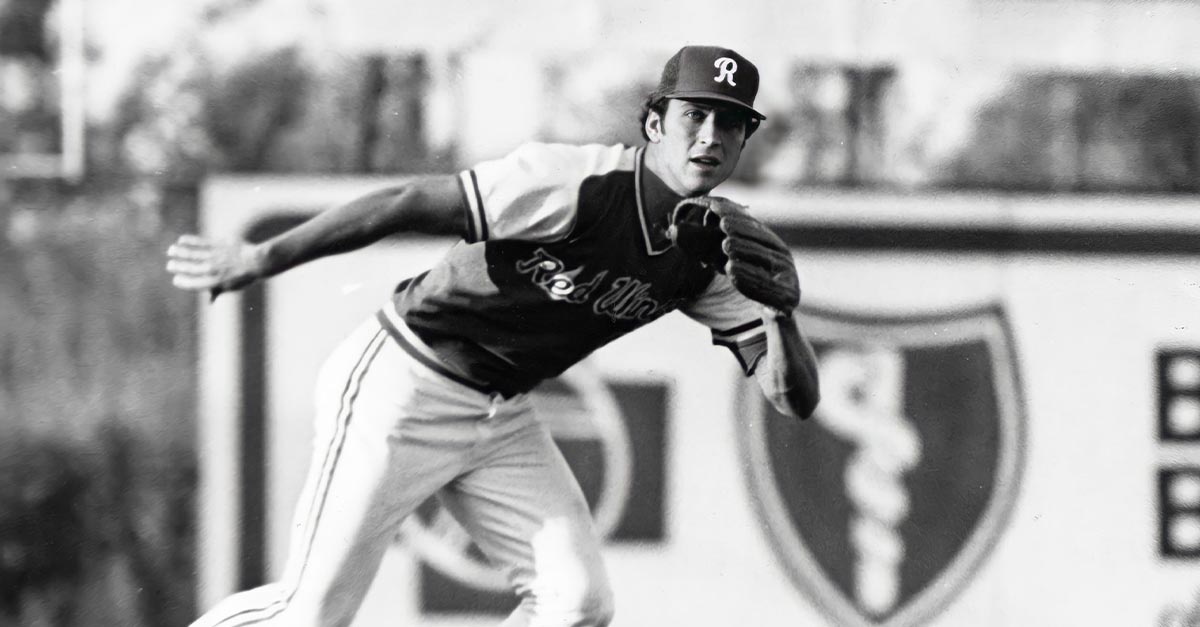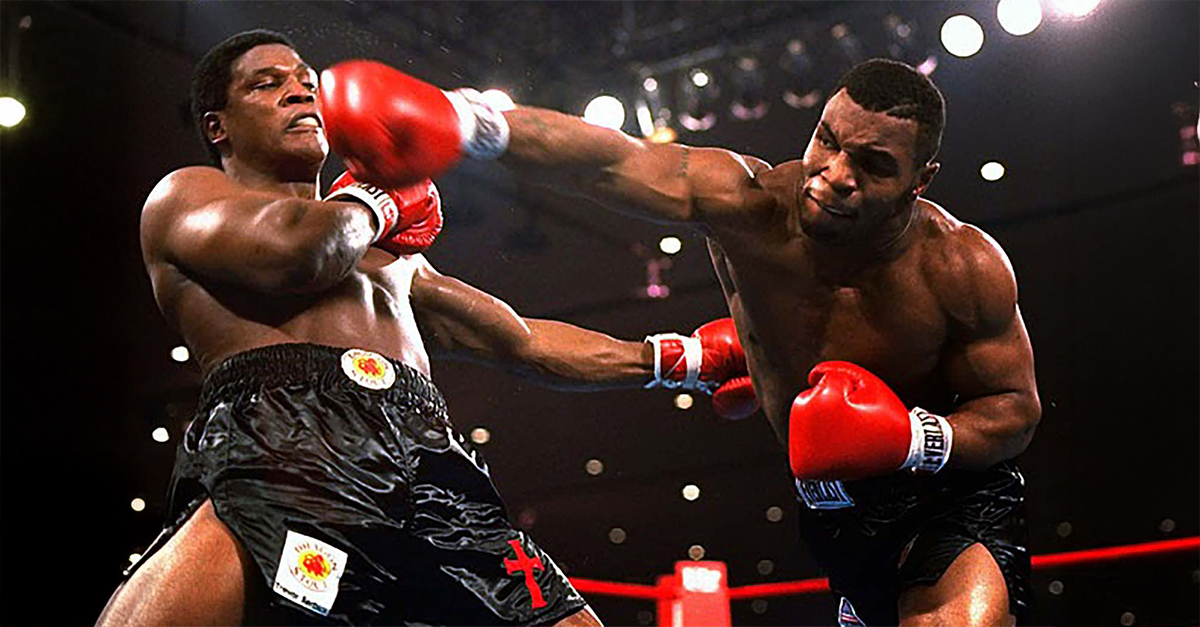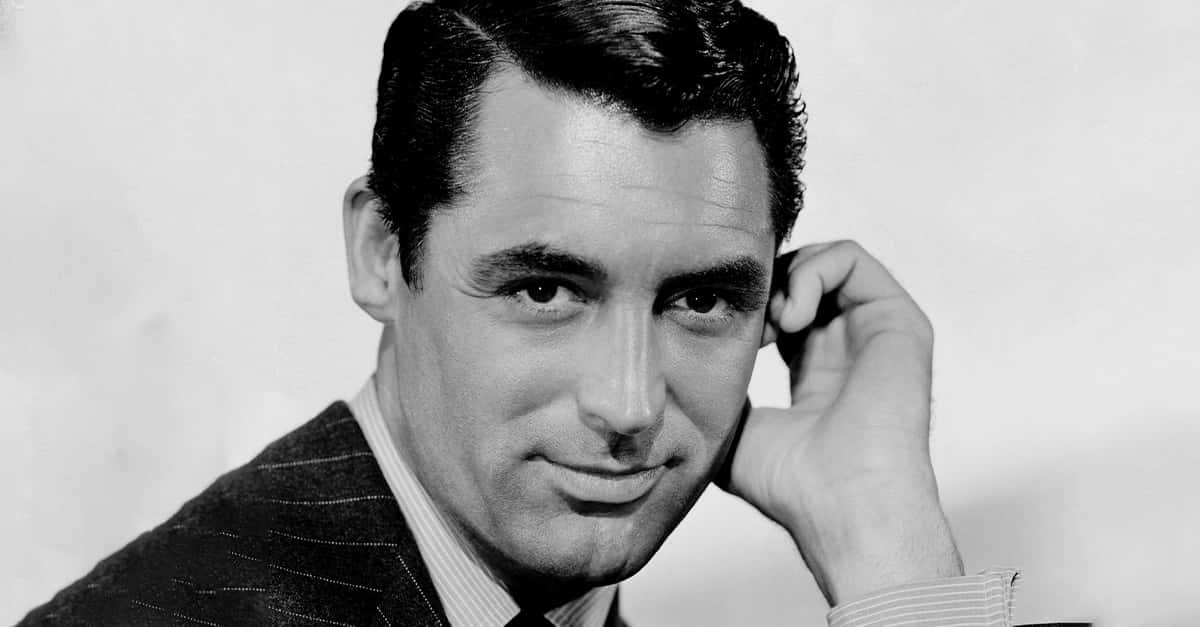A Real Nailbiter
Every sports fan knows the escalating intensity of watching a game go down to the wire, especially if it runs longer than expected. However, as those present on one unfortunate night in the 1980s discovered, the tension only goes so far. At the very least, this infamous Minor League game highlighted the tenacity and dedication of athletes and fans—and the importance of clearly outlined rules.
The Game Kicks Off
The year was 1981 when a seemingly unremarkable Minor League baseball game went far beyond the bounds of regular play. Beginning on April 18, the game was meant to start at around 8 pm, but ran into issues right away when faulty stadium lights caused them to delay for around half an hour. Finally, the two teams stepped onto the field.
 Rdikeman, CC BY-SA 3.0, Wikimedia Commons
Rdikeman, CC BY-SA 3.0, Wikimedia Commons
The Two Teams
Taking their places, the Rochester Red Wings faced off against the home team, the Pawtucket Red Sox. The teams were a part of the International League, one of two US leagues playing at the Triple-A level, and among them were a few notable names.
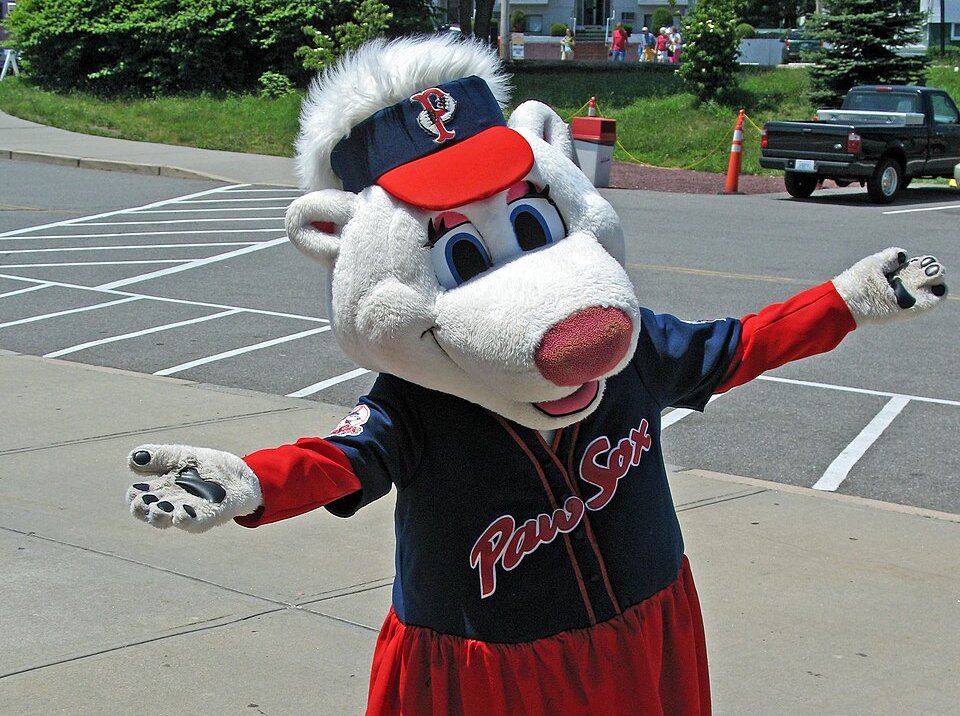 Paul Keleher, CC BY 2.0, Wikimedia Commons
Paul Keleher, CC BY 2.0, Wikimedia Commons
Two Legendary Players
In the rosters of each team, despite how the game would unfold, they were lucky to have a couple of iconic players. With the Rochester Red Wings played famed shortstop Cal Ripken Jr, while the Red Sox counted Wade Boggs among its teammates, both of whom were early in their careers.
 Rdikeman, CC BY-SA 3.0, Wikimedia Commons
Rdikeman, CC BY-SA 3.0, Wikimedia Commons
They Had A Crowd
Taking place at McCoy Stadium in Pawtucket, Rhode Island, the game had a decent turnout with 1,740 fans in the stands. This was likely due to hometown pride for the Pawtucket Red Sox. Unfortunately, those in attendance weren’t exactly treated to a thrilling game.
 Quintin Soloviev, CC BY 4.0, Wikimedia Commons
Quintin Soloviev, CC BY 4.0, Wikimedia Commons
An Empty Scoreboard
As fans watched the two teams play ball, starting pitchers Larry Jones and Danny Parks threw a shutout inning to start, which certainly wasn’t unusual. However, then another inning passed, and another, until after six innings, the scoreboard still read only zeros. Finally, something happened.
 Giants27, CC BY-SA 3.0, Wikimedia Commons
Giants27, CC BY-SA 3.0, Wikimedia Commons
The First Run
Fortunately, after six innings of inactivity, the scores shook up when Rochester finally put a run on the board at the top of the seventh. This was thanks to the Red Wings’ Chris Bourjos, who drove Mark Corey home and finally put the team ahead. However, this lead wouldn’t last long.
 Andre Carrotflower, CC BY-SA 4.0, Wikimedia Commons
Andre Carrotflower, CC BY-SA 4.0, Wikimedia Commons
They Tied It Up
The next inning only added a couple more zeros to the board, and it looked like the Red Wings might win. However, Pawtucket’s batter Russ Laribee hit a sacrifice fly, allowing Chico Walker to run home and tie the scores up by the bottom of the ninth inning. Needless to say, the game wasn’t close to being over.
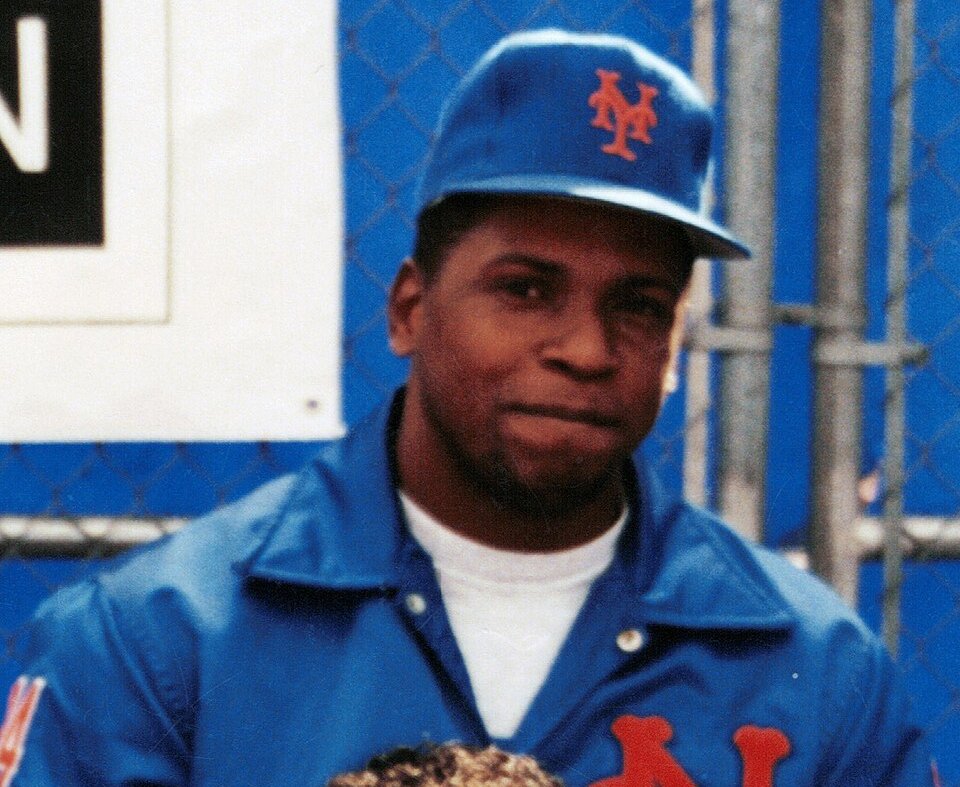 Y2kcrazyjoker4, CC BY-SA 4.0, Wikimedia Commons
Y2kcrazyjoker4, CC BY-SA 4.0, Wikimedia Commons
The Rules Were Set
In the majority of baseball leagues, and indeed in the Minor League in question, it was common for the by-laws to include a curfew. For the International League, should a game go on too long, the rules stated that they should cut it off after 12:50 am. This proved problematic in this specific game.
 Tony Shek, CC BY-SA 2.0, Wikimedia Commons
Tony Shek, CC BY-SA 2.0, Wikimedia Commons

History's most fascinating stories and darkest secrets, delivered to your inbox daily.
He Didn’t See It
In a strange fluke, the umpire for this particular game had no plan for if the game went later than expected. While he carried the 1981 International League Instructions for Umpires, Managers and Players, it no longer included the 12:50 cutoff. Instead, it deferred to any local curfew present, which was non-applicable at McCoy Stadium.
Everyone was stuck there—mostly.
 Roger DeWitt, CC BY 2.0, Wikimedia Commons
Roger DeWitt, CC BY 2.0, Wikimedia Commons
Someone Went Home
Having no official cutoff and a persistent tie, the game continued past midnight with no clear end in sight. Fortunately for the Pawtucket’s relief pitcher Luis Aponte, he got permission to go home once the 10th inning was over, having pitched since the seventh. There, he was met with an incredulous reception.
 Andre Carrotflower, CC BY-SA 4.0, Wikimedia Commons
Andre Carrotflower, CC BY-SA 4.0, Wikimedia Commons
She Didn’t Believe Him
Undoubtedly exhausted and relieved to go home, Aponte arrived around 2 am to find his wife waiting. Naturally, she asked where he had been but merely scoffed when he told her how long the game was going. To prove it, he told her to read the Sunday paper the next day, not realizing the story wouldn’t show up until Monday. Meanwhile, the game carried on.
 Jessica, CC BY-SA 2.0, Wikimedia Commons
Jessica, CC BY-SA 2.0, Wikimedia Commons
They Upped The Score
By about 2:30 am, the game was still chugging along and had entered its 21st inning. At the top, the Red Wings’ Dave Huppert hit a double, allowing Mike Hart to run home and put the score at 2-1 for Rochester. However, any hope of an ending soon was short-lived.
 Rudi Riet, CC BY-SA 2.0, Wikimedia Commons
Rudi Riet, CC BY-SA 2.0, Wikimedia Commons
They Tied Again
Had the game continued like it had for the last several innings, it probably would have been over shortly after Rochester’s second run. However, at the bottom of the 21st inning, Wade Boggs hit a double for Pawtucket and drove their first baseman Dave Koza home, bringing the teams to another tie.
 Ted Straub, CC BY-SA 2.0, Wikimedia Commons
Ted Straub, CC BY-SA 2.0, Wikimedia Commons
It Was Bittersweet
Although Boggs had done what he was meant to and clearly displayed his prowess, not everyone was happy. Since he had only prolonged the already six-hour game, even his teammates grew frustrated, and he later stated he didn’t know whether they wanted to hug or slug him. Still, while they were all tired, a few others grew quite concerned.
 Gertrund Zach, Wikimedia Commons
Gertrund Zach, Wikimedia Commons
They Were Worried
As this was a Minor League baseball game, it wasn’t being televised, and the lack of coverage led some to grow anxious. In particular, umpire Dennis Cregg had brought along his young nephew, whose father alerted the authorities when his son didn’t return home. Thankfully, the officers were aware of the game’s continuation and reassured him.
 DanielPenfield, CC BY-SA 4.0, Wikimedia Commons
DanielPenfield, CC BY-SA 4.0, Wikimedia Commons
The Cold Got To Them
As the players were quickly reminded, the spring nights in Rhode Island could get miserably cold, especially the later they went. To stay warm at all costs, those in the dugouts made small fires from the wooden benches and broken bats around them. At the same time, the press was trying to capitalize on the frigid weather.
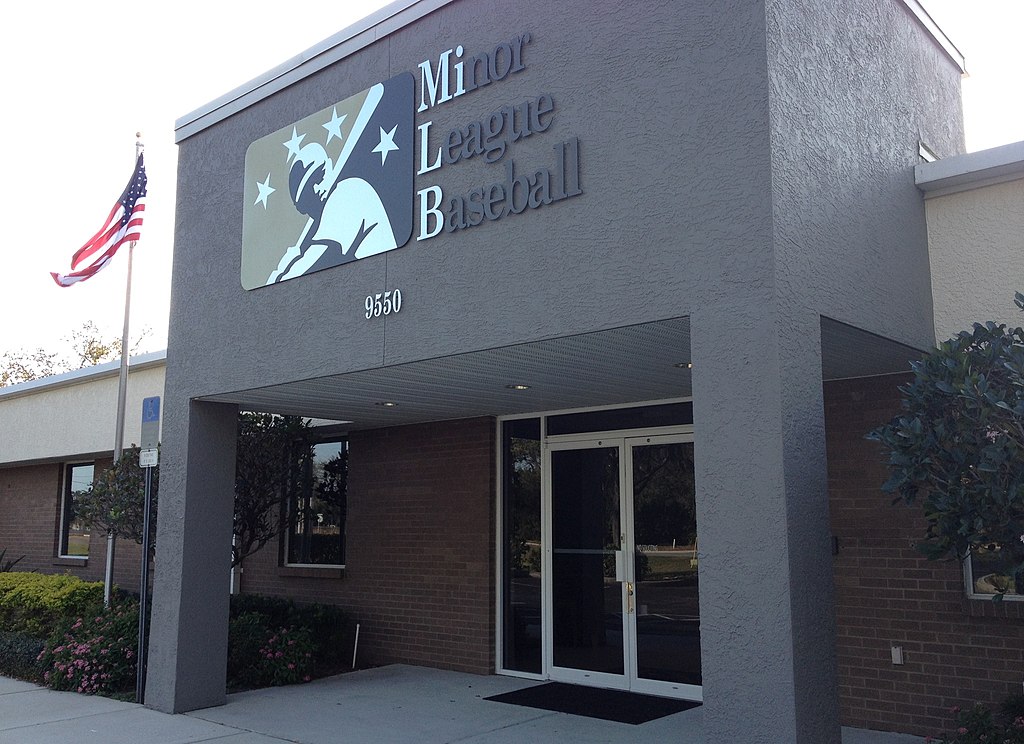 MiLB PR, CC BY-SA 3.0, Wikimedia Commons
MiLB PR, CC BY-SA 3.0, Wikimedia Commons
They Had A Running Pool
In the press box, reporters continued watching the game but clearly had to entertain themselves further with such slow progress. With the night growing colder and the game growing longer, the reporters eventually started a pool to guess when the number of innings would match the temperature. Even the staff eventually had enough.
 B137, CC BY-SA 4.0, Wikimedia Commons
B137, CC BY-SA 4.0, Wikimedia Commons
The Stadium Closed Down
Adding silence to the long, monotonous game, the stadium eventually decided to turn off the music. Nearly all the concession stands had closed their shutters, with only one remaining open to distribute free hot chocolate and coffee to the dedicated fans who remained in the stands. Unfortunately, even for those playing, the cold only worsened the situation.
 Andre Carrotflower, CC BY-SA 4.0, Wikimedia Commons
Andre Carrotflower, CC BY-SA 4.0, Wikimedia Commons
The Weather Was Against Them
The temperature wasn’t the only issue, as a frigid wind persisted throughout the game, making it all the more difficult to play. The Red Sox’s Dave Koza would later remark that, had the wind not been consistently blowing into the infield and working against their hits, the game would have finished within nine innings. This wasn’t just a claim to save face.
 Columbus Metropolitan Library, Wikimedia Commons
Columbus Metropolitan Library, Wikimedia Commons
The Wind Intervened
Koza’s statement saying that nature had worked against them wasn’t without evidence, as both teams had been dealing with it all night. In one case, when Pawtucket’s Sam Bowen allegedly hit a fly ball out of the field, he witnessed the wind carry it back in and to the hands of Red Wings outfielder Dallas Williams. Finally, someone decided enough was enough.
 Adam Moss, CC BY-SA 2.0, Wikimedia Commons
Adam Moss, CC BY-SA 2.0, Wikimedia Commons
He Brought Out The Book
As the night wore on, the decision of what to do became tougher and tougher. On one hand, there was always the chance that the next inning could be the last, but it had also been 30 innings already. Someone had to make a decision, so finally, the President of the Pawtucket Red Sox examined the rules again and discussed a curfew.
 Googie man, CC BY-SA 3.0, Wikimedia Commons
Googie man, CC BY-SA 3.0, Wikimedia Commons
The Game Slogged Along
Despite any exhaustion or frustration at the prolonged game, all the players did their jobs and continued to play their hearts out. For example, the Red Wings’ Jim Umbarger pitched 10 late-game innings, nine of which caused Pawtucket to strike out. Even more than that, Rochester didn’t replace Dave Huppert until after 31 innings, all of which he caught.
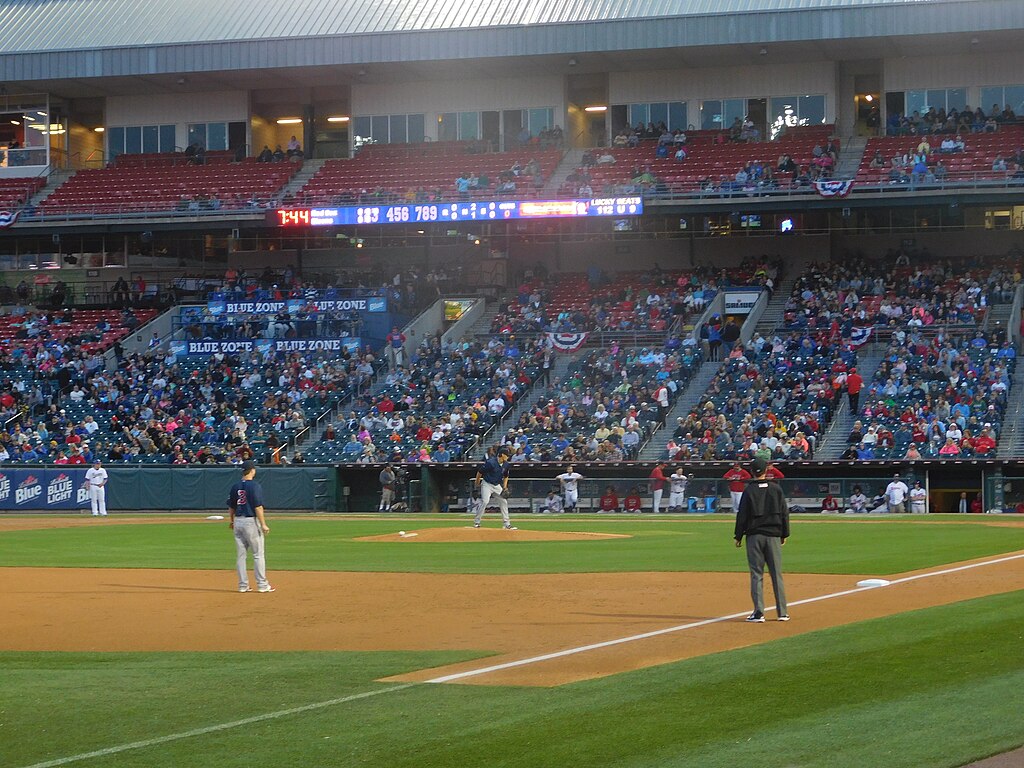 Adam Moss, CC BY-SA 2.0, Wikimedia Commons
Adam Moss, CC BY-SA 2.0, Wikimedia Commons
They Called The Higher Ups
Neither team’s leadership had decided anything, so Pawtucket’s general manager Mike Tamburro referred to someone else. After calling several times, he finally got ahold of Harold Cooper, the league’s president. Noticing the time was shockingly well after 3 am, Cooper ordered the game to be cut off once the current inning ended.
 Joel Dinda, CC BY 2.0, Wikimedia Commons
Joel Dinda, CC BY 2.0, Wikimedia Commons
The Game Paused
Harold Cooper’s order went through, and after the 32nd inning ended, all play stopped at last. They had gone through the night, with the official end time being 4:07 am, meaning they played for over eight hours straight. Even after all that, the game wasn’t actually done, as the teams were still tied at 2-2. However, some stunning feats came out of it.
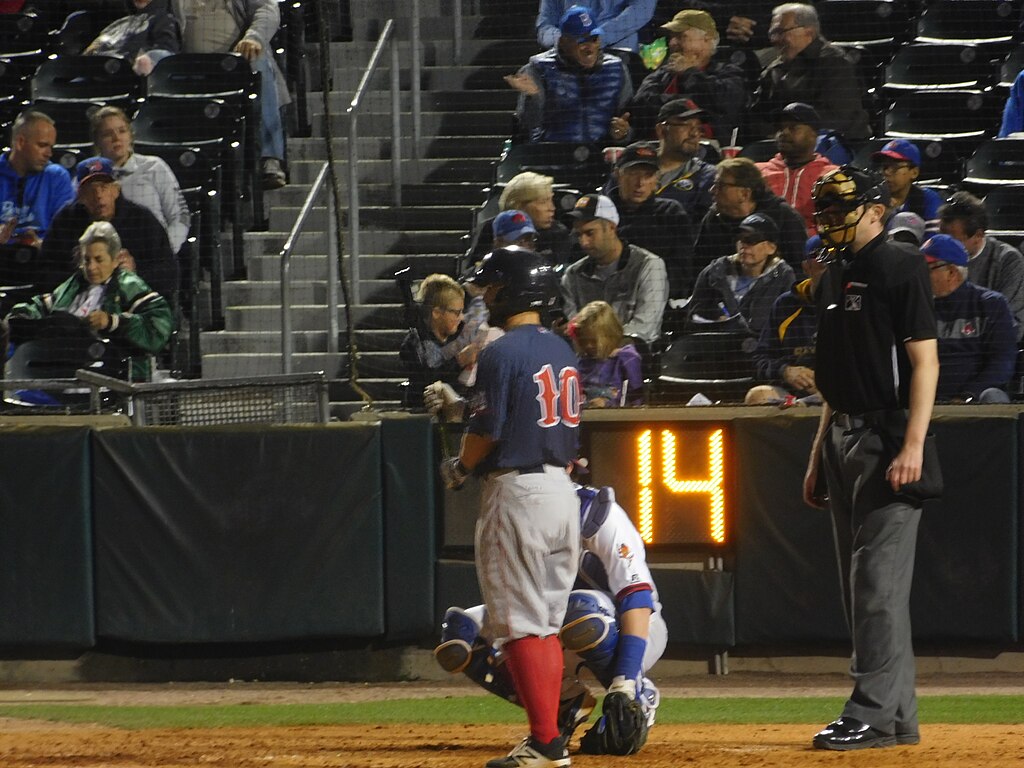 Adam Moss, CC BY-SA 2.0, Wikimedia Commons
Adam Moss, CC BY-SA 2.0, Wikimedia Commons
Records Were Set
With so long a game, it only makes sense that both the Red Sox and Red Wings ended up with impressive stats. Over the course of the night, the teams accumulated 36 hits and 213 at-bats put together. Plus, the final number of strikeouts was 59 among 11 pitchers. Of course, the players weren’t the only ones who stuck it out.
 Andre Carrotflower, CC BY-SA 4.0, Wikimedia Commons
Andre Carrotflower, CC BY-SA 4.0, Wikimedia Commons
Loyalty Was Rewarded
The night had become cold, miserable, and no doubt boring at times, especially to those in the stands. Although the game had started with over 1,700 spectators, by the time it ended, only around 20 remained. However, their commitment was worth it, as the stadium granted them all either season or lifetime passes.
 Ludahai, CC BY-SA 4.0, Wikimedia Commons
Ludahai, CC BY-SA 4.0, Wikimedia Commons
They Passed The Morning People
After the game, the teams, coaches, and fans all packed up their things and trudged home as the sun rose. If the players needed any reminder of how long they had been playing, it came when they passed several churchgoers leaving their homes and heading for Easter morning service.
 Nick Jio nicholasjio, CC0, Wikimedia Commons
Nick Jio nicholasjio, CC0, Wikimedia Commons
He Had Way More
Like Aponte, many players found their loved ones waiting at home, wondering what had happened. Once Wade Boggs returned home and spoke with his family, his father congratulated him on his four hits in the game. It was then that Boggs revealed he had 12 at-bats in reality. Even then, the game hadn’t yet been finished.
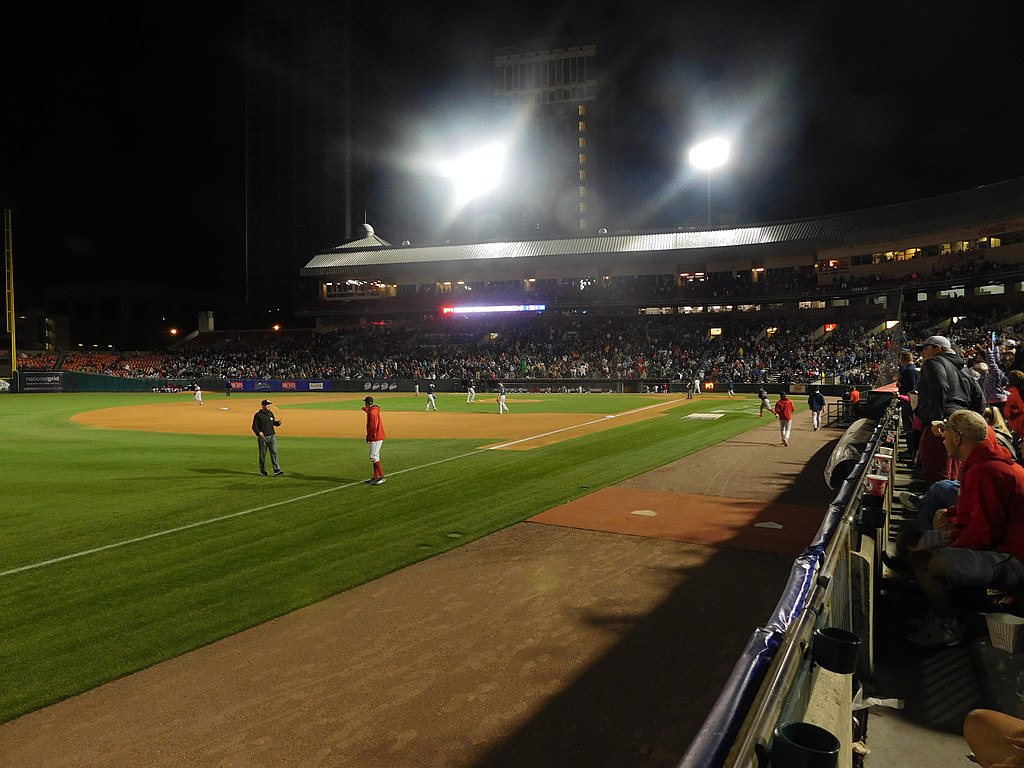 Adam Moss, CC BY-SA 2.0, Wikimedia Commons
Adam Moss, CC BY-SA 2.0, Wikimedia Commons
They Delayed The Game
After the truly long night before, league president Harold Cooper thought it would be reasonable to resume the tied game as soon as possible. While he suggested they continue the game that Sunday, Red Wings manager Doc Edwards believed there was a significant risk of injury and requested a postponement of the game.
They Still Played
Just because their 32-inning game would finish at a later date, it didn’t mean the teams had the day off. After a brief few hours of rest at home, they returned to the stadium at 11 am for a separate game that Sunday afternoon. However, eventually, their time came.
 Daniel Hartwig, CC BY 2.0, Wikimedia Commons
Daniel Hartwig, CC BY 2.0, Wikimedia Commons
They Came Back
Since the teams didn’t finish their initial game the following day, they had to wait until Rochester was back in town, which wouldn’t be for a while. In fact, it wasn’t until two months later that the Red Wings returned to Pawtucket and the game could resume. Naturally, this became quite the spectacle.
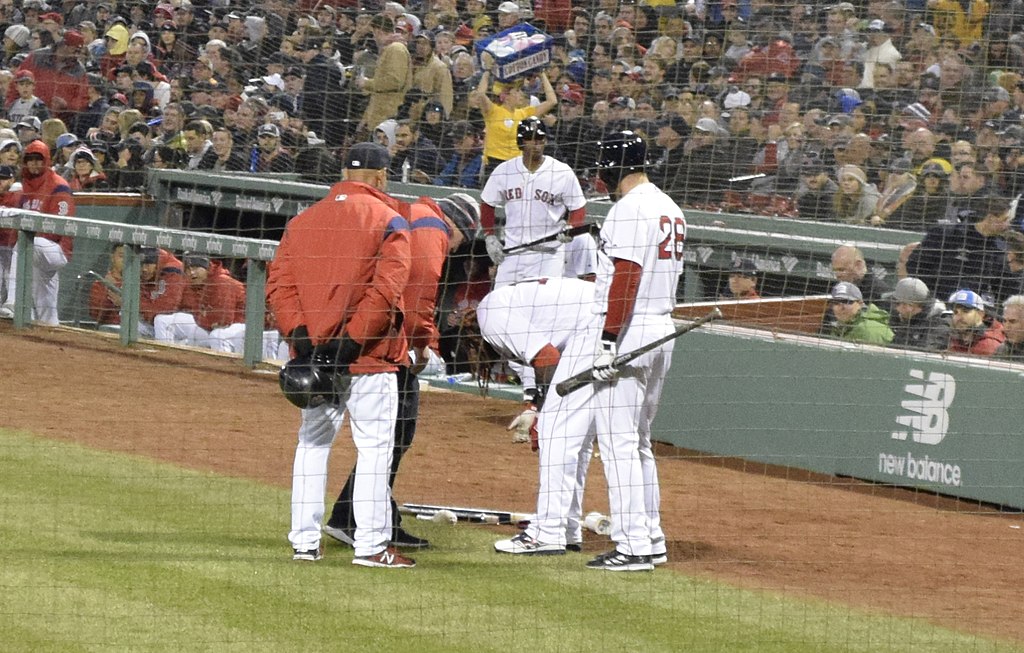 Daniel Hartwig, CC BY 2.0, Wikimedia Commons
Daniel Hartwig, CC BY 2.0, Wikimedia Commons
A Full Stadium
Finally, on June 23, the Red Sox and Red Wings met each other again on the field, hoping to end their tie-game. That evening, the stadium sold out and held more than triple the attendance of the first time, hosting 5,746 fans and 140 reporters. As it happened, the delayed game wasn’t the only factor in this popularity.
 Jeffrey Hyde, CC BY-SA 2.0, Wikimedia Commons
Jeffrey Hyde, CC BY-SA 2.0, Wikimedia Commons
They Refused To Cross
The mass of reporters at the stadium came from all over the world, but it wasn’t simply because a Minor League game had been delayed so long. At the time of this game, the Major Leagues were striking, with both Rochester and Pawtucket’s support. To illustrate their stances, the teams even declined an offer to play at Fenway Park to avoid scabbing.
 Catsup31, CC0, Wikimedia Commons
Catsup31, CC0, Wikimedia Commons
It Was A Quick Ending
As the teams picked up right where they left off, entering the game’s 33rd inning, many surely thought they were in for another long run. However, the game finished at the bottom of that inning in a span of 18 minutes, when Pawtucket’s Dave Koza drove in the winning run. Concerning Rochester’s loss, it came down to one of their own.
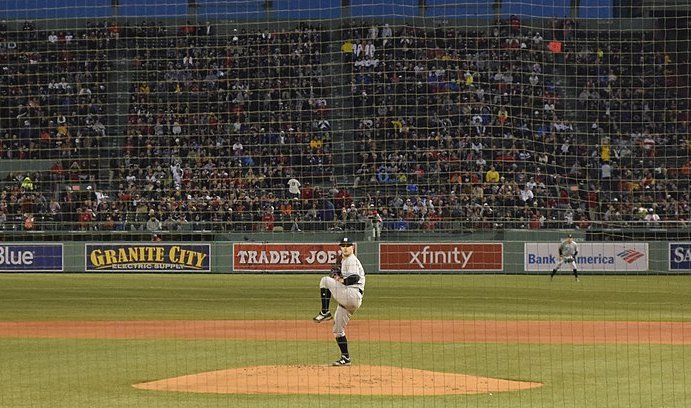 Daniel Hartwig, CC BY 2.0, Wikimedia Commons
Daniel Hartwig, CC BY 2.0, Wikimedia Commons
He Was New
Although he wasn’t the team’s final pitcher in the game, Steve Grilli was instrumental to Rochester’s quick loss, having joined them during the two-month delay. After hitting Marty Barrett, giving up a single, and intentionally walking Russ Laribee, he left the bases loaded for his replacement. Cliff Speck relieved Grilli but couldn’t do anything more once Koza stepped up.
 Dmoore5556, CC BY-SA 4.0, Wikimedia Commons
Dmoore5556, CC BY-SA 4.0, Wikimedia Commons
They Were Memorialized
This event remains the longest professional baseball game of all time, and as such, it has entered the annals of sports history. To preserve the moment, the Baseball Hall of Fame received several donated items from the game, including the losing pitcher’s cap, the winning bat, and the official scorecard.
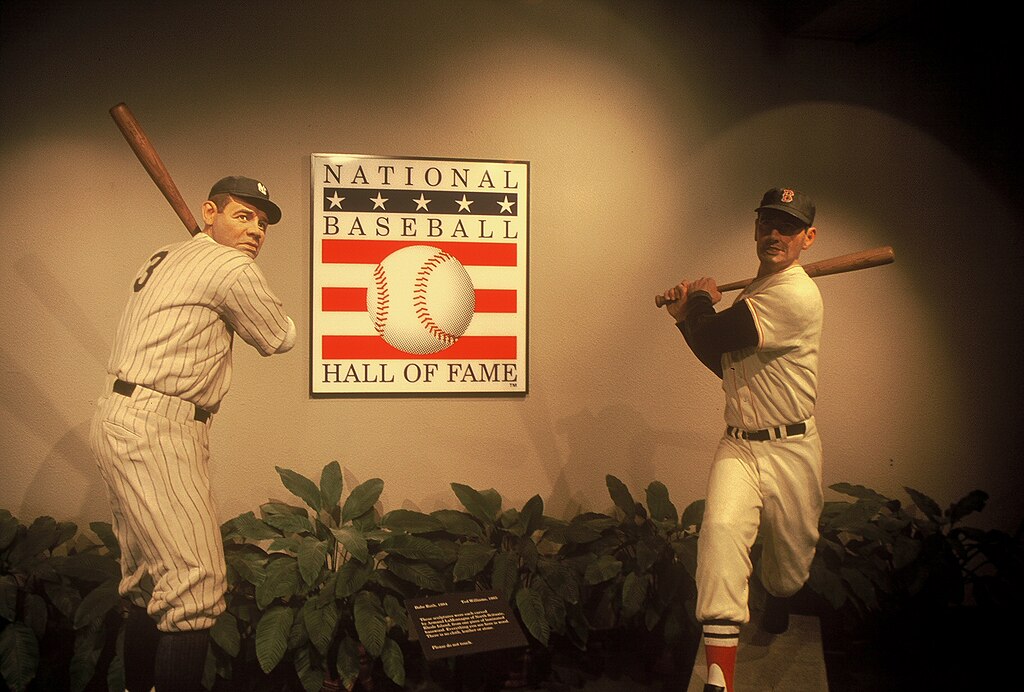 Jon Gudorf Photography, CC BY-SA 2.0, Wikimedia Commons
Jon Gudorf Photography, CC BY-SA 2.0, Wikimedia Commons
A Record-Breaking Game
All in all, the game lasted 33 innings over three days, with around two months in between. By the time the game truly ended, the teams and players had broken 13 professional records together, such as the most total strikeouts and the most innings—of course. Although, other professional games had come close to this number.
 Schyler, CC BY-SA 3.0, Wikimedia Commons
Schyler, CC BY-SA 3.0, Wikimedia Commons
The Longest Major League Game
Although no Major League games had beaten this 33-inning record before, and none have since, one remains a close second. On May 1, 1920, the Brooklyn Dodgers played the Boston Braves for 26 innings before ending with a 1-1 tie.
 Keystone Views, Wikimedia Commons
Keystone Views, Wikimedia Commons
They Celebrated
To honor such a unique moment in their history, players from the Red Sox and Red Wings attended a 25th-anniversary luncheon on June 23, 2006. Before Pawtucket faced the Columbus Clippers that night, they and the Red Wings had a round table discussion and held a ceremony in commemoration. However, at least one person wasn’t too enthusiastic.
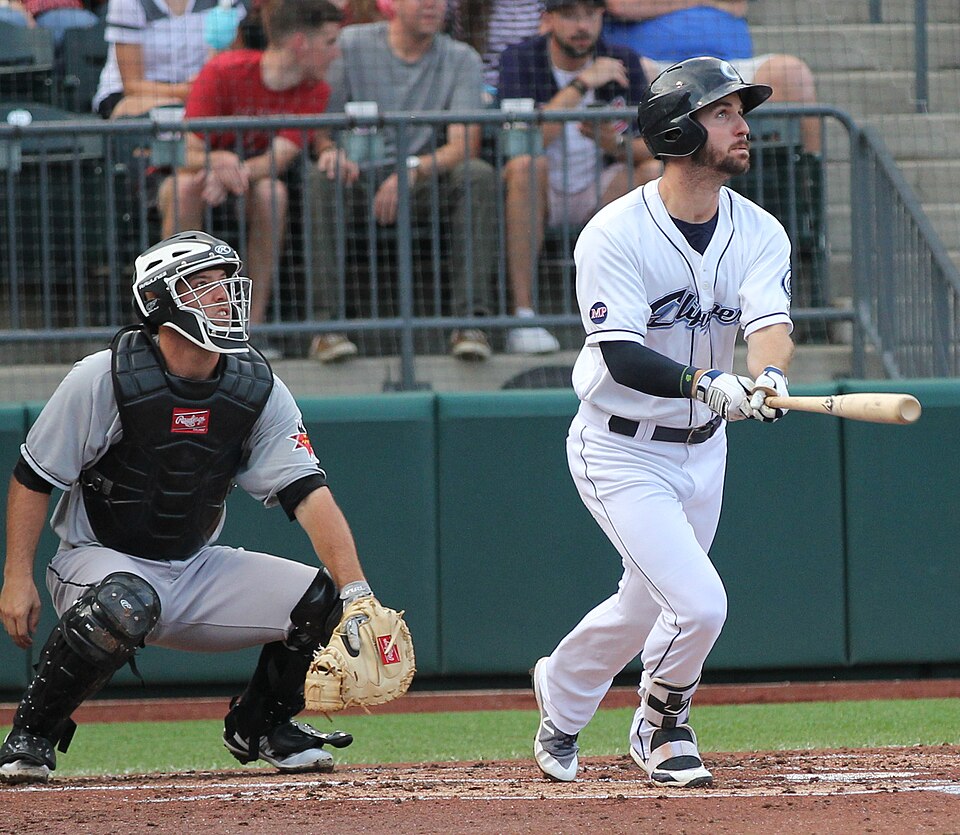 Lincoln Ficek, CC BY 2.0, Wikimedia Commons
Lincoln Ficek, CC BY 2.0, Wikimedia Commons
He Was Over Baseball
With the original 20 fans who had stuck out that first long and cold night, umpire Dennis Cregg’s nephew had remained, only to fall asleep by the end. While the rest of the fans and players seemed to look back at the game in fondness over the coming years, Cregg would later state that he believed his nephew never went to another game.
You May Also Like:
Rube Waddell Was The Strangest Man In Baseball
Basketball's Biggest Personalities

